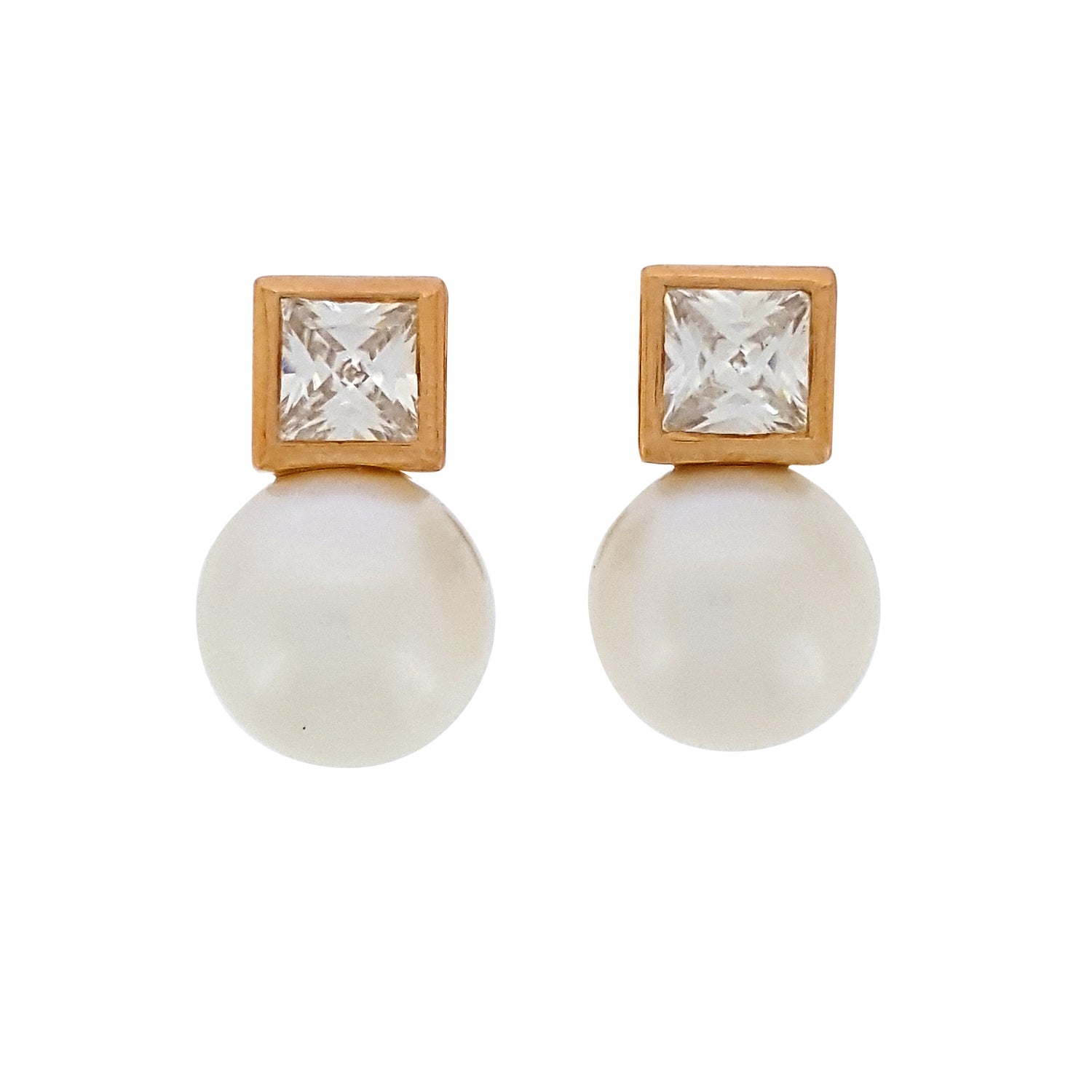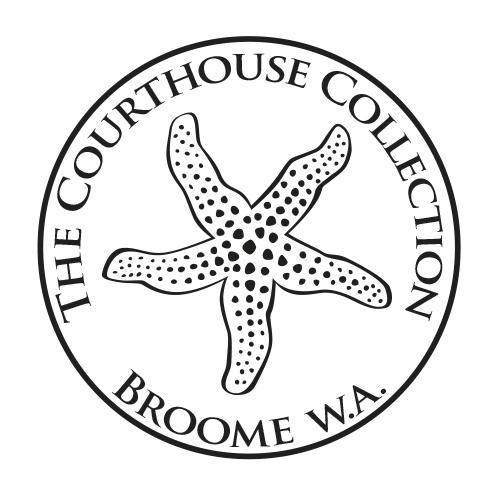History of Natural Pearls
Coveted by Kings, Queens and Emperors, a natural pearls rarity ensured only the powerful and wealthy could afford them. Natural pearls in human history date back to 6000BC.


Queen Marie of Bavaria. 1848 -1864 wearing large natural Freshwater pearls harvested from Bavarian streams.
Anne of Denmark, Queen of England 1574 – 1619, wife of James I of England wearing elaborate pearl jewellery and gown covered with pearls.
225 MILLION YEARS AGO
Pearls date back to the dinosaur era such is the age of the humble mollusc, in fact to the Triassic period some 225 million years ago. In human history pearls have been the domain of Roman Emperors, Kings, Queens and nobility from Europe, Asia and other ancient cultures dating back to 6000 BC. Their association with power, wealth, position, purity and perfection is unsurpassed and the pearl today is still one of the world’s most coveted gems.
FRESHWATER
Freshwater pearls also had periods of prominence. It is said that Julius Caesar invaded Britain in 55 BC to gain control of its pearl producing rivers. Freshwater pearls were harvested in a number of European countries. Scottish pearls in particularly large volumes were harvested in the 1600 and 1700’s. Germany also produced a large number of pearls during this period. In the late 1800’s freshwater pearls from the Mississippi River and its tributaries appeared on the market. This fishery did not last long but the native mussel shell went on to play an important role in modern day cultured pearling.
SALTWATER
Most of history’s natural saltwater pearls have come from the Persian Gulf, Red Sea and the Gulf of Mannar (between Sri Lanka and India). For a period around 1500 the world market had an additional large influx of pearls from the Caribbean around Venezuela and the West Indies.

